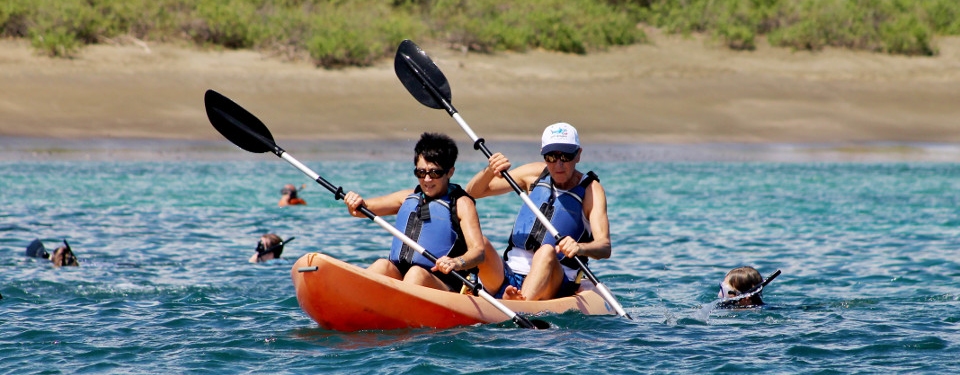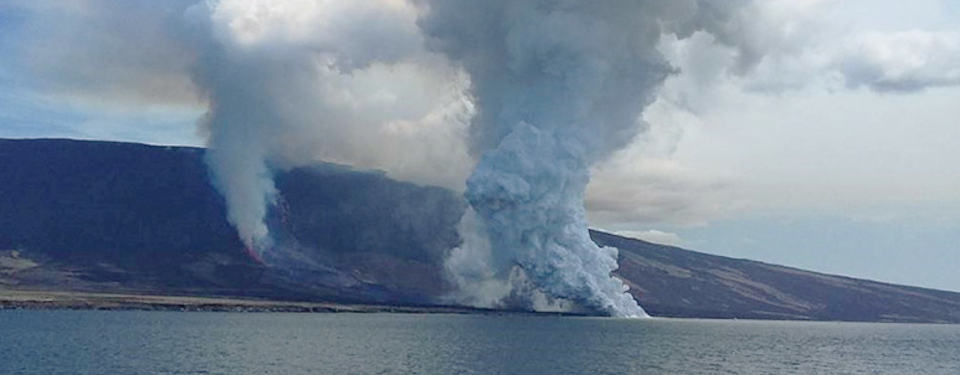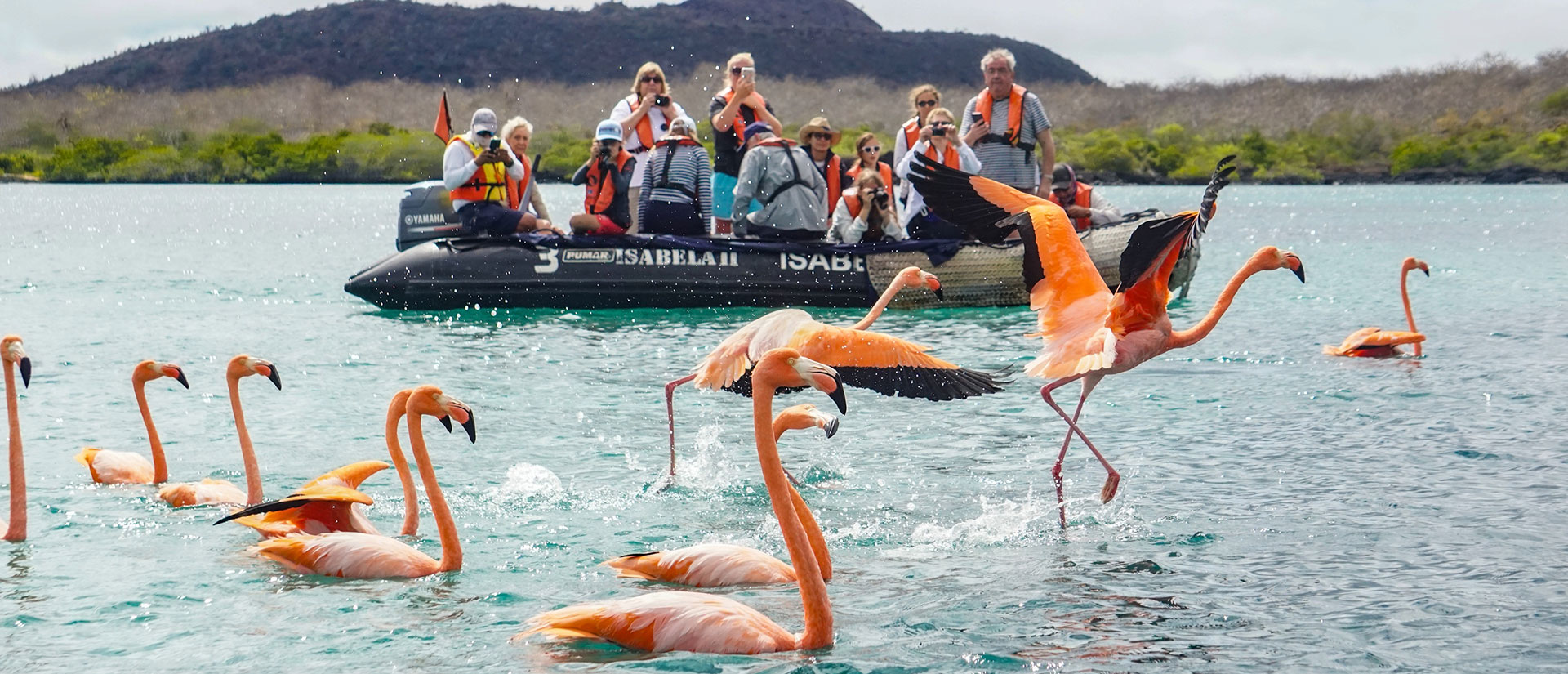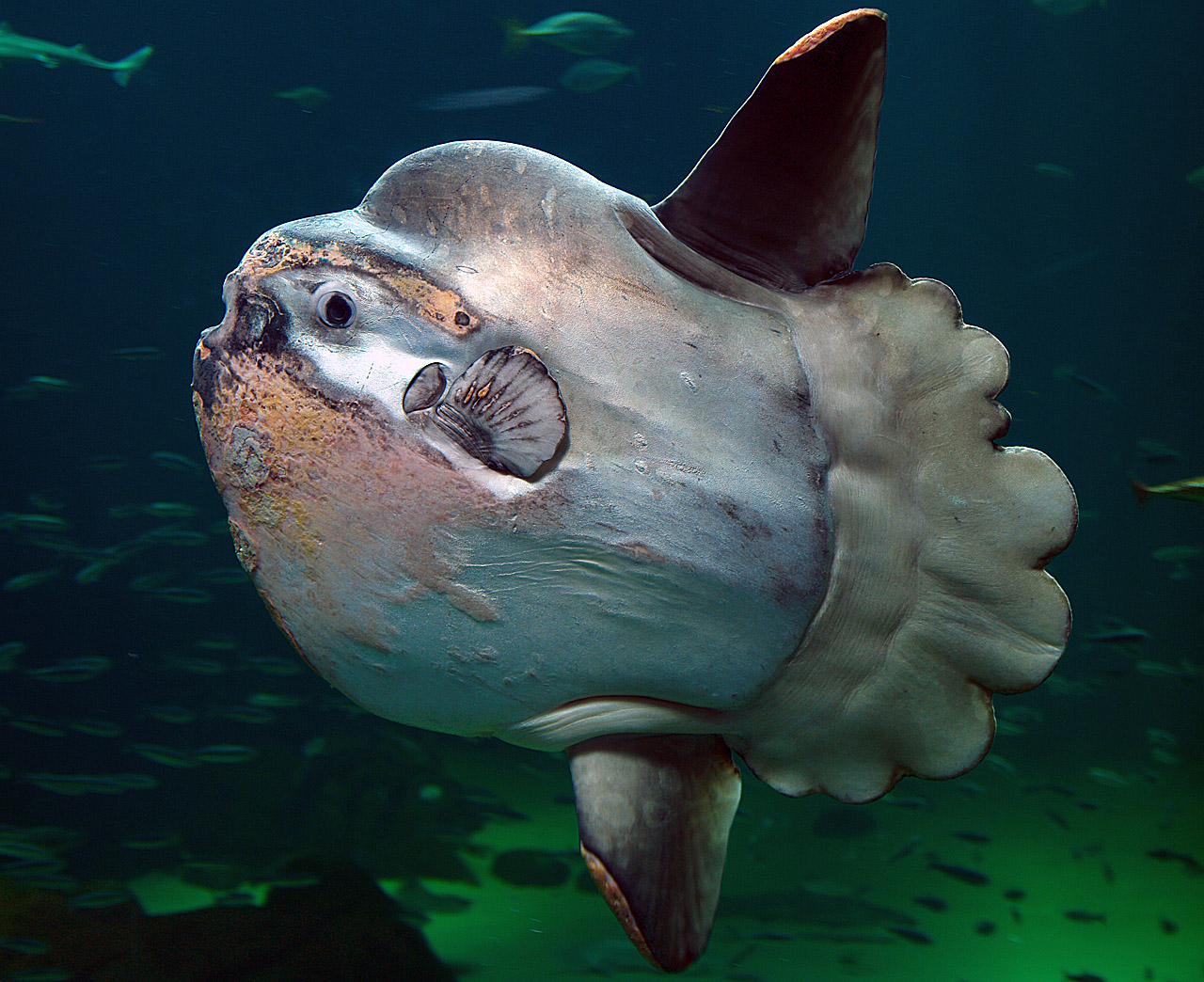
The largest fish on our planet is the famous whale shark. This massive fish filters water constantly, has no big or sharp teeth, and, instead, has billions of minute teeth distributed all along its body (that’s why the outer skin of most sharks feels like soft sandpaper).
Whale sharks, however, are cartilaginous fish. Among these bony kinds of fish, the heaviest is one of the most famous, bizarre, and stunning of all: the mola mola in Galapagos (otherwise known as sunfish). Check out this fantastic underwater footage we managed to shoot when we spotted one earlier last week!
Its name has nothing to do with the color yellow or the shape of the sun, but rather more related to the “basking” position they sometimes adopt while floating. The central portion of the body is basically circular, while the dorsal and anal fins have evolved into these gigantic ores used for propulsion. The caudal fin is missing on these fishes and the end of the body acts as a rudimentary rudder. Sunfish are related to puffers, balloons, porcupine, and file fishes. They are ancient relic species with examples of incredible adaptations to their marine environment. Just looking at one makes you wonder at what part of the fish you are really looking at. Strange!
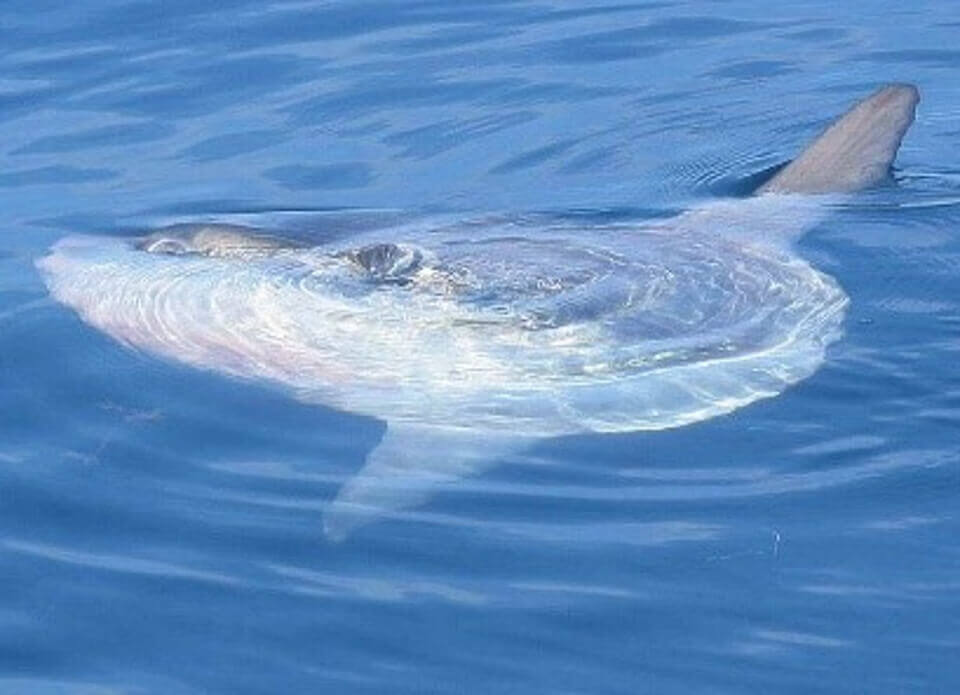
Mola Mola Is Earth’S Heaviest Fish!
This past week we had a beautiful encounter with one right at Punta Vicente Roca on Isabela Island while aboard the Yacht Isabela II (on our Northern Islands Galapagos itinerary), which prompted me to share this natural moment with all our readers. Upon sighting it, it prompted our guests and guides to get onto our skiffs and head out to explore the inshore waters. These fishes do not hang out for very long with swimmers or snorkelers, but on this particular outing this special sunfish decided to break all the rules and hang out with us, both above water and underwater. What a treat!
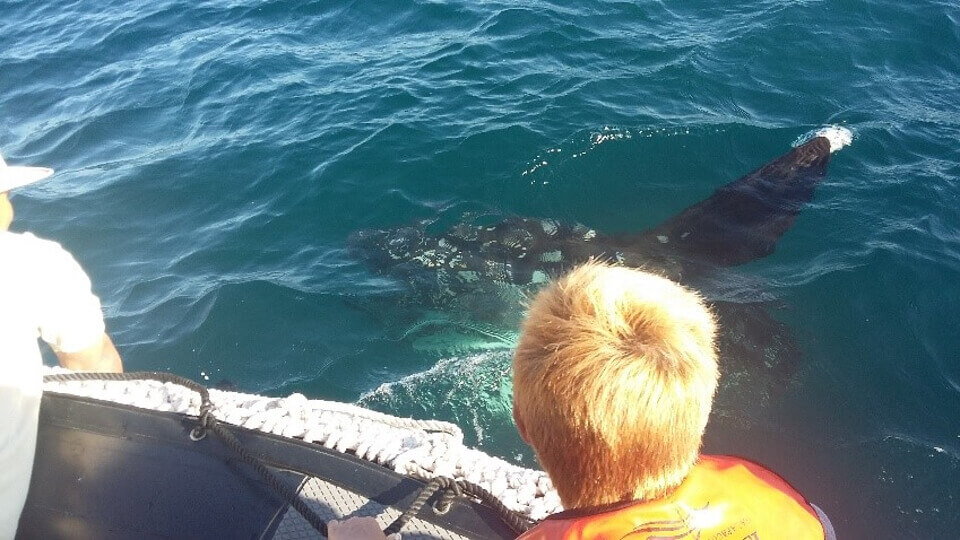
It Seems That Places Like Punta Vicente Roca Are Used By Sunfish As Cleaning Stations.
The sunfish was gently floating in open water, somewhat close to the surface. It turned, swirled and spiraled around in numerous directions; and just as we thought it was about to dive deep or swim away out into the open ocean, it just went back to its original point of contact with us. It even let us examine its huge dorsal fin, its white-speckled sides, and even its tiny mouth (aptly equipped with fused toothplates for efficient biting/cutting and swallowing). The diet of the mola mola in Galapagos includes mostly jellyfish, but they will also eat squid, salps, fish larvae, etc. Their list of predators include killer whales, sea lions, and sharks. We even managed to spot a couple of pilot fish hanging outaround its mouth, these of which are part of a symbiotic relationship with the mola mola in Galapagos. This species of mola mola in Galapagos is scientifically known as the common mola mola or common ocean sunfish (Mola mola), and this group of prehistoric fishes has a total of five distinct species distributed worldwide.
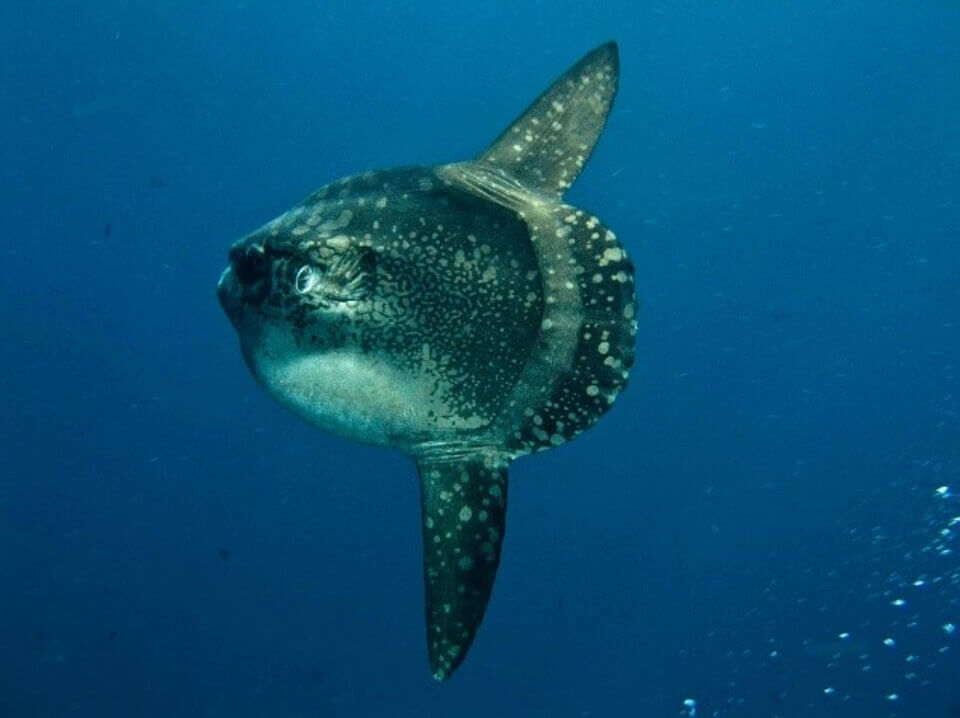
Mola Mola Fish In The Galapagos Islands
However, worth mention is that encounters with a mola mola in Galapagos is an uncommon thing in these waters. This one even let us understand its natural history in a very generous and lengthy encounter. If you ever find a sunfish while snorkeling in the Galapagos Islands, just be sure to approach it in a very gentle way, with soft swimming and no splashing of the water surface. Once near it, try to locate which part of its giant body is the mouth and which is the end/rear (remember that it has no tail). Then try to locate its camouflaged eyes and its massive vertical fins. Swim sideways as a way of having the sunfish as your snorkel buddy. Now you have the bragging rights to go crazy and tell your friends you saw and swim with the extraordinarily bizarre sunfish! For sure, one of the strangest fishes on Earth and the heaviest of all bony fishes! Viva Mola!
Text & Photography by Francisco “Pancho” Dousdebés – Galapagos Expert
Other Image Credits: Mr. Dennis Ballesteros, Wikipedia.
Punta Vicente Roca, Isabela Island – GALAPAGOS, December 1st, 2017 :: Lat &Long: 0°04′18″ S / 91°21′07″ W
